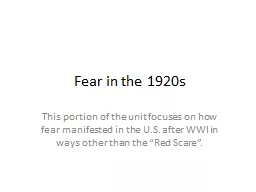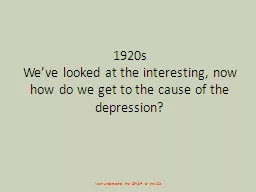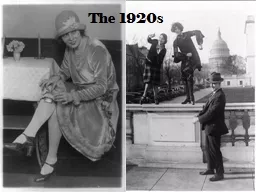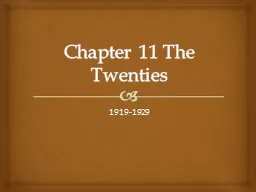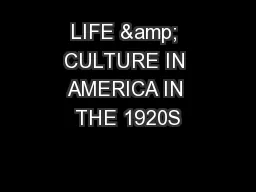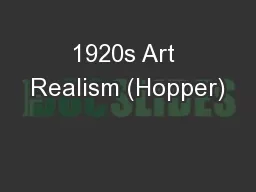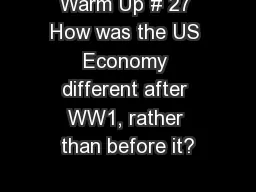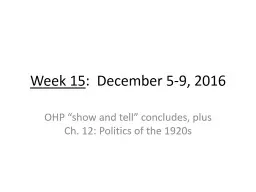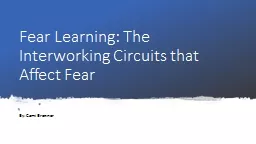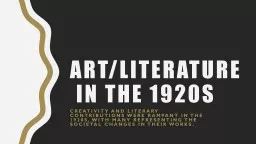PPT-Fear in the 1920s
Author : faustina-dinatale | Published Date : 2016-12-13
This portion of the unit focuses on how fear manifested in the US after WWI in ways other than the Red Scare Instructions Use the slides to complete your guided
Presentation Embed Code
Download Presentation
Download Presentation The PPT/PDF document "Fear in the 1920s" is the property of its rightful owner. Permission is granted to download and print the materials on this website for personal, non-commercial use only, and to display it on your personal computer provided you do not modify the materials and that you retain all copyright notices contained in the materials. By downloading content from our website, you accept the terms of this agreement.
Fear in the 1920s: Transcript
Download Rules Of Document
"Fear in the 1920s"The content belongs to its owner. You may download and print it for personal use, without modification, and keep all copyright notices. By downloading, you agree to these terms.
Related Documents

